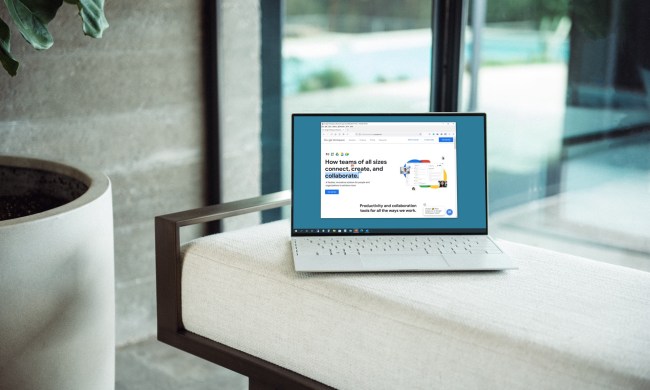Google just announced that Smart Reply is coming to Google Docs, so you can save a bit more time when replying to comments. Set to be available in September for those in the Rapid Release Workspace, the feature will display suggested replies to comments left in documents, which Google says will allow you to compose comments and send them to your co-workers with “extra confidence.”
The Smart Reply feature in Google Docs builds out from the feature in Gmail, as well as the Smart Compose and spelling autocorrect comments. That means Smart Reply in Google Docs will work just as the name suggests. You’ll see a computer-generated box of suggestions at the bottom of the comment box in Google Docs.

This is best seen in Google’s sample above. Here, a co-worker replies about a revision. The person can then either choose “Perfect” or “Thank you” as options generated by Smart Reply.
Smart Reply will be available to all Google Workspace customers, as well as G Suite Basic and Business customers. It should roll out automatically to everyone and will be turned on by default. You can check if it’s available by going to Tools, choosing Preferences, and then clicking Show Smart Reply suggestions.
At the moment, Smart Reply will only suggest responses in situations where the thread is in English. All you’ll need to do is click the suggestion to send it as is, or you can edit it before sending. According to Google, Smart Reply is powered by machine learning.
Google can work its magic and use billions of common phrases and sentences to automatically learn about the world, and eventually suggest Smart Replies. Of course, since this is coming from analyzing the things actual humans type, Smart Reply could have some human cognitive biases. Google says it is committed to actively researching unintended bias and mitigation strategies.
Google isn’t the only company that has features like this. Microsoft’s Outlook and Outlook.com services have intelligence technology that can add joyful animations to emails, show quick suggestions for flights and restaurants, text predictions, and even suggest replies in emails. It’s becoming more common in a world where we’re always online.


